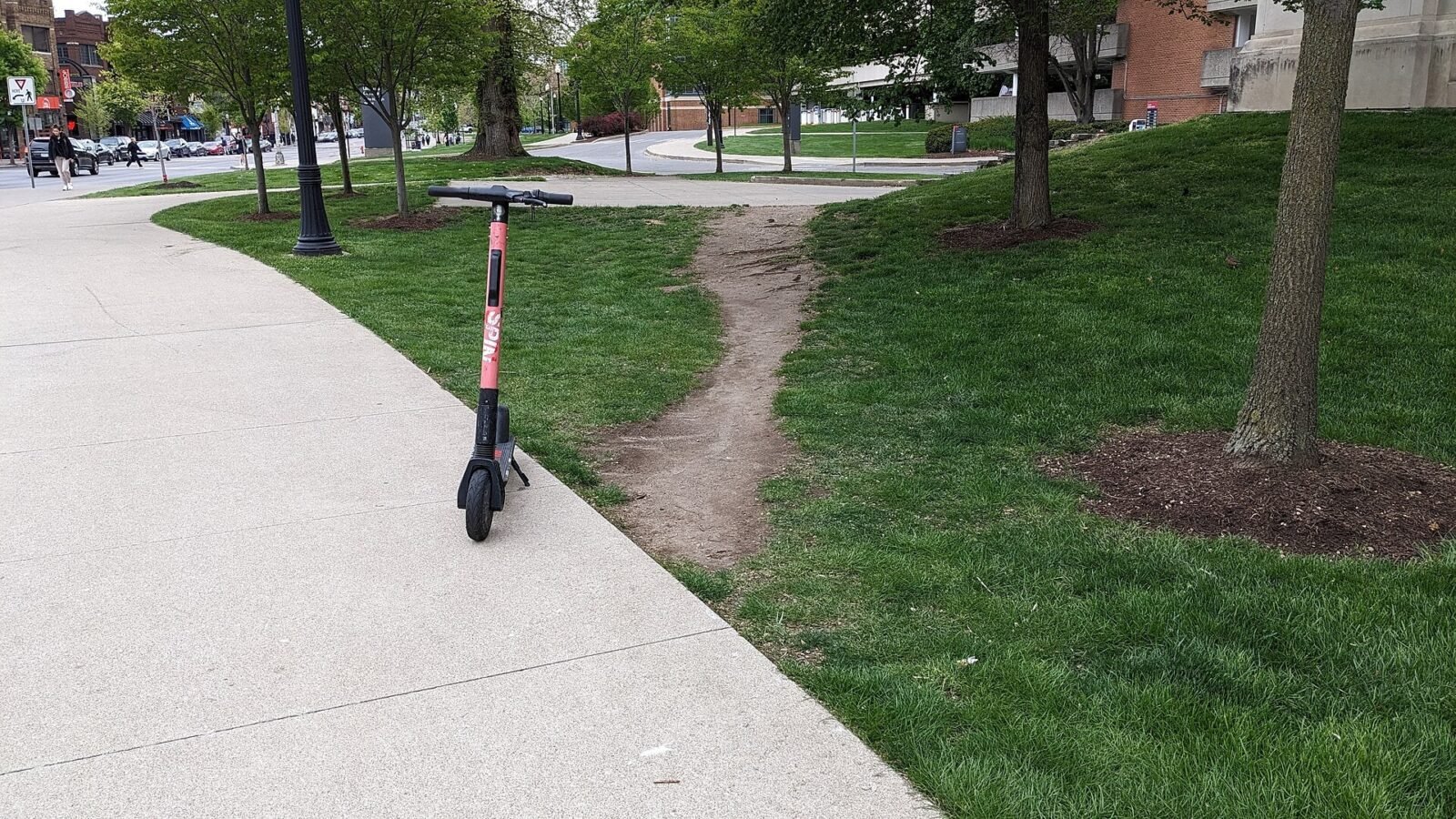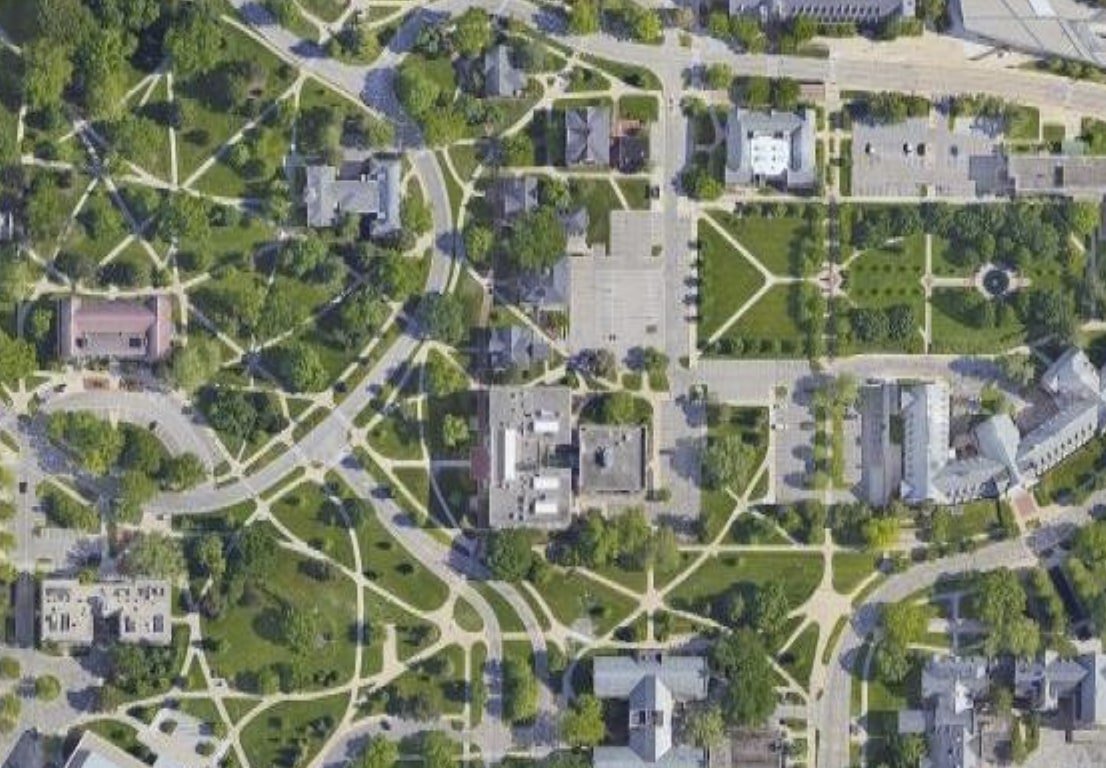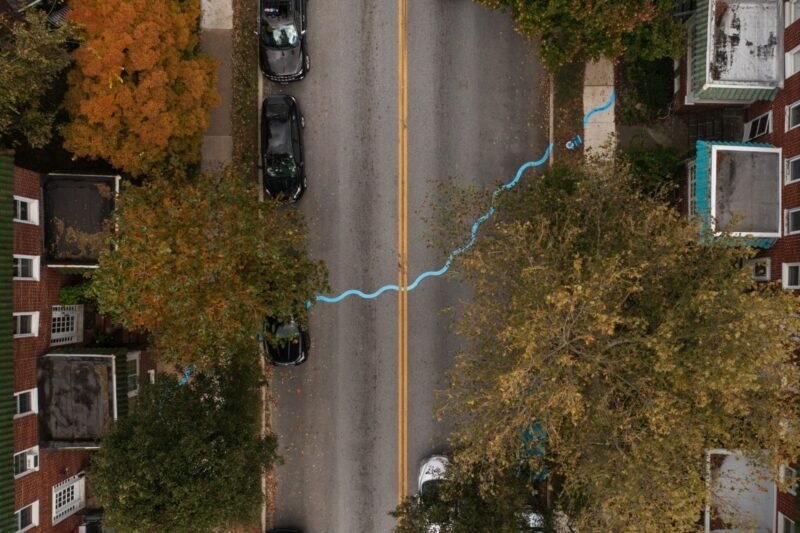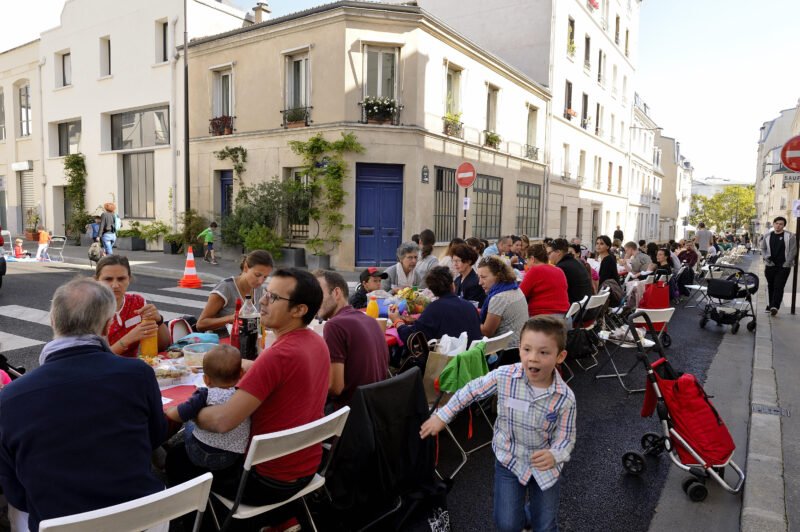Elephant Paths: Paving the Way for a Human-Centered Public Space at Michigan State University
Public space designers on the new campus of Michigan State University intentionally allowed spontaneous elephant paths to emerge in order to create a pedestrian infrastructure that's much more logical and human-centered.

Design by Use
The public space of Michigan State University’s renovated campus in East Lansing initially consisted only of grass. Footpaths were missing. This was a conscious choice by the designers. Students walked on the grass from building to building, naturally choosing the shortest and most logical route. This created countless elephant paths criss-crossing the campus. A year later, this spontaneous pedestrian infrastructure was asphalted and formalised.
“There is no logic that can be superimposed on the city. People make it, and it is to them (…) that we must adjust our plans”
Jane Jacobs

A More Logical Public Space
Anyone who now sees an aerial photograph of the university campus will see a beautiful network of playful paths that do more justice to users’ needs than the average rectilinear pavement. Elephant paths all too often illustrate the tension between design and use of public space. By putting users in the designers’ chair and using their use of public space as a starting point, the designers succeeded in creating a much more human place.




